Philadelphia is one of the country’s most historic cities and one of my favorite places to visit in the world. However, there are a lot of amazing Philadelphia facts that few people know.
To help bring light to some of these amazing stories, I decided to put together this list of more than 50 facts about Philly.
So, whether you want to learn something new about the city or are just trying to impress your friends with your knowledge of Philadelphia trivia, our list of 51 Philadelphia facts is sure to give you a new appreciation for this great city.
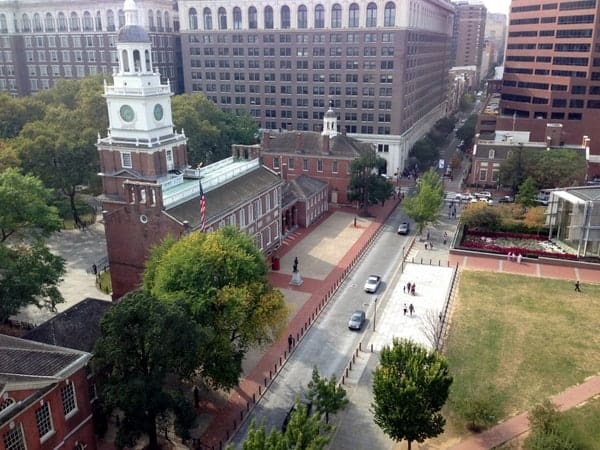
William Penn is known as the founder of both Philadelphia and Pennsylvania, but the Dutch (1623) and the Swedish (1638) were the first settlers in the region.
Independence Hall was completed as the Pennsylvania State House in 1753 and served in that function until 1799.
While everyone knows the Philly cheesesteak, it was the roast pork sandwich at DiNic’s in Reading Terminal Market that was named the Best Sandwich in America by the Travel Channel.
Philadelphia’s City Hall was the tallest habitable building in the world from 1894-1908.
There are more than 3,800 murals in Philadelphia.
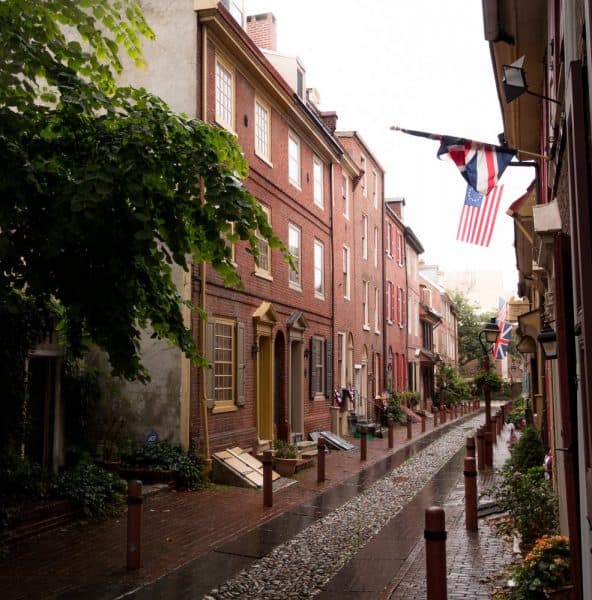
The first Republican National Convention was held in Philadelphia’s Musical Fund Hall in June 1856.
Elfreth’s Alley in the Old City is the oldest, continually inhabited residential street in America with homes dating back to 1702.
At 9,200 acres, Fairmount Park is the largest landscaped garden in the world.
The world’s first electronic computer, the Electronic Numerical Integrator And Computer, was built at the University of Pennsylvania in 1946.
Bartram’s Garden is the oldest botanical garden in North America.
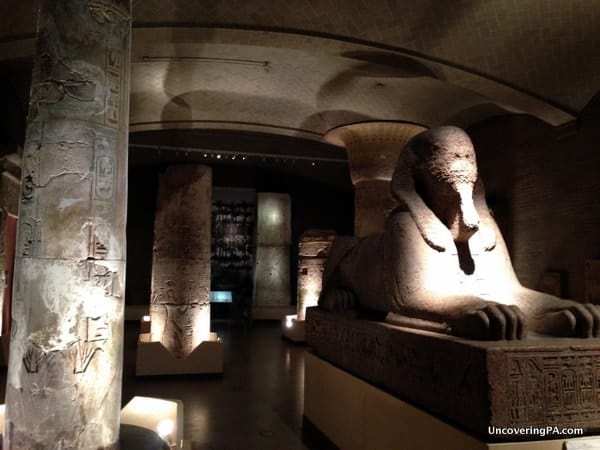
At 37 feet in height, the William Penn statue at City Hall is the tallest statue atop a building in the world.
The Penn Museum is home to the largest Egyptian Sphinx in the Western Hemisphere.
The Caleb Pusey House near Chester is the only building still standing that Pennsylvania founder William Penn visited.
Philadelphians consume 12 times more pretzels each year than the average American.
Other than Paris, no other city in the world is home to more Impressionist paintings.
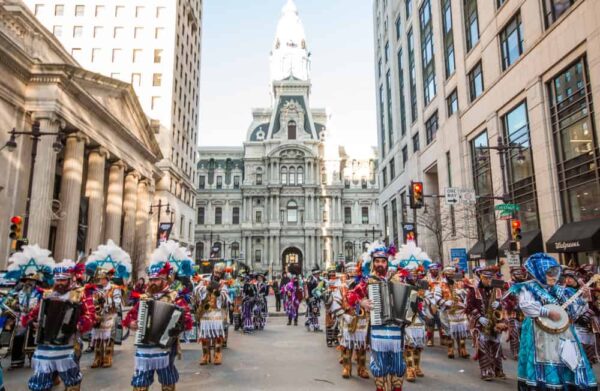
The first lager beer produced in the United States was made in Philly in 1840 by Engel & Wolf Brewery.
President-elect Abraham Lincoln spoke at Independence Hall on February 22, 1861.
Lincoln would return after his assassination and lay in state in the building. An estimated 300,000 people paid their respects to him on April 23, 1865 (more than half the city’s population at that time).
The Walnut Street Theatre is the oldest, continually operating theater in an English-speaking country and was once owned by Edwin Booth, brother of John Wilkes Booth.
The Mummers Parade held on New Year’s Day is the country’s oldest folk parade, dating back to 1901.
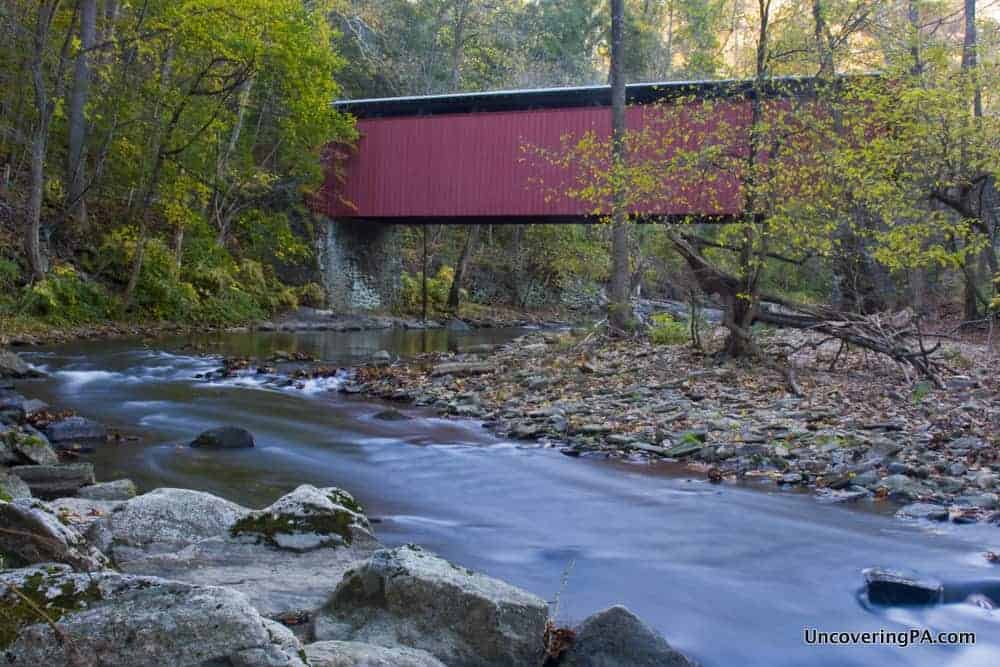
The Rosenbach Museum is one of the world’s greatest rare book libraries and is home to some of the rarest books and manuscripts in the world.
Fort Mifflin was completed in 1776 along the banks of the Delaware River. It was decommissioned in 1962. However, it is still an active United States Army Corps of Engineers base, making it the oldest continually-in-use military base in the country.
Cheese wasn’t added to the city’s famous cheesesteak until the 1940s, 10 years after the steak sandwich was invented.
Philadelphia is home to the only historic covered bridge that still remains in a major U.S. city: Thomas Mill Covered Bridge.
King of Prussia Mall in the Philly suburbs is the largest shopping mall in the United States by retail space.
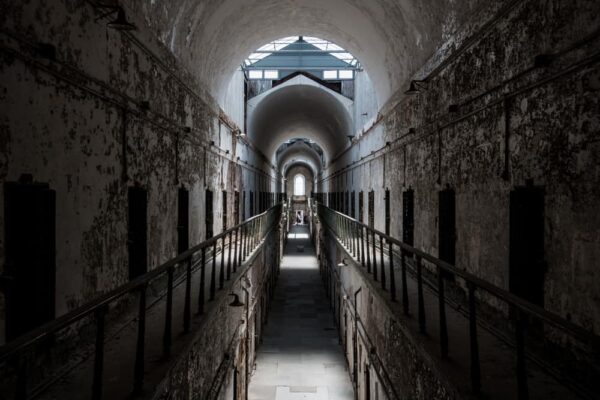
From 1943-1949, the Phillies name was (unofficially) changed to the Blue Jays.
Philadelphia’s Eastern State Penitentiary had running water and indoor plumbing before the White House.
The Thaddeus Kosciuszko National Memorial is the smallest National Park Service site in the country.
The country’s first mint was in Philadelphia, and there is still a money-making mint in the city to this day (which you can even tour).
William Penn created five public squares in his original plans for Philadelphia. Four are still squares: Rittenhouse Square, Franklin Square, Washington Square, and Logan Square. The fifth, Centre Square, is now home to City Hall but is also the location of Dilworth Park.
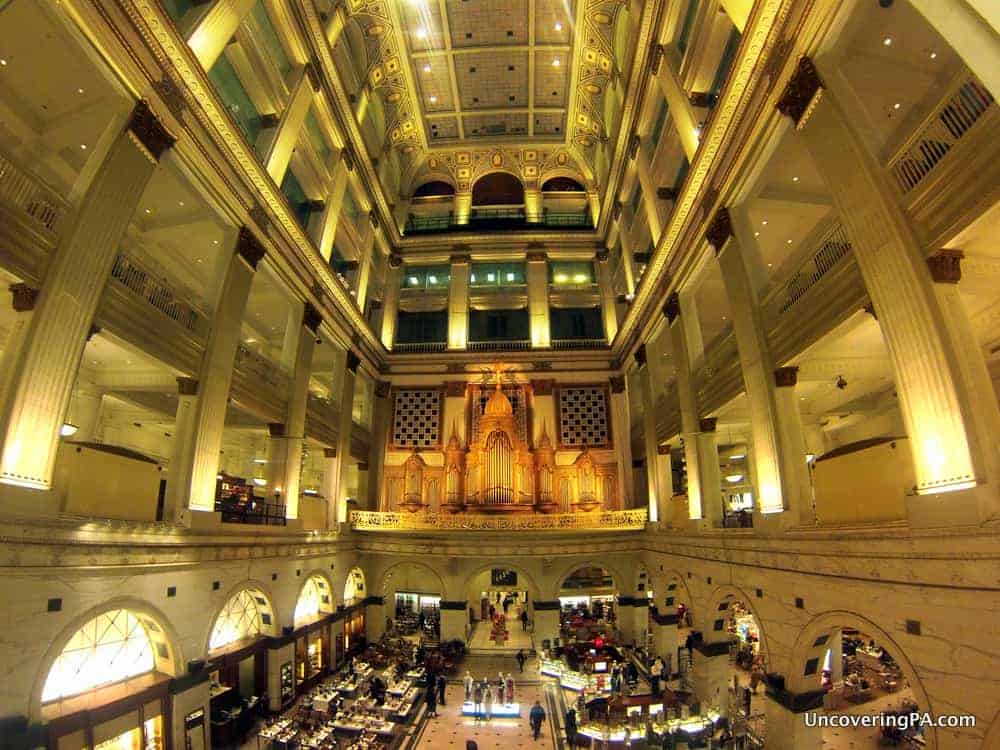
The Wanamaker Organ is the largest functioning pipe organ in the world.
Philadelphia’s Thanksgiving Day Parade was first held in 1920, making it four years older than the more famous Macy’s Thanksgiving Day Parade in New York City.
Kennett Square, a suburb of Philadelphia, produces 50% of the country’s mushrooms.
The Mütter Museum is home to many medical oddities including slices of Einstein’s brain, a tumor removed from President Grover Cleveland, and tissue from the body of John Wilkes Booth.
The Pennsylvania Savings Fun Society (PSFS) building was the country’s first European-style skyscraper and was home to the country’s first savings bank. Today, it is home to the fantastic Loews Hotel.
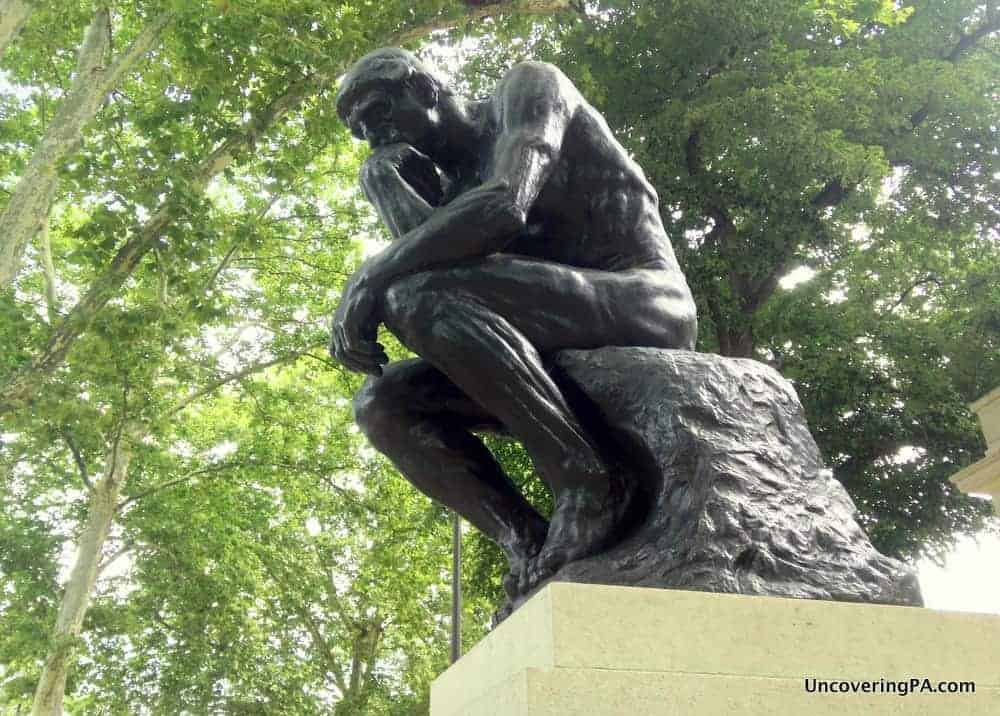
Gloria Dei Church was completed in 1700 and is the oldest building inside the original borders of the city. It is also the oldest active church in Pennsylvania.
The Rodin Museum features more sculptures by Auguste Rodin than anywhere outside of Paris. An authorized replica of his most famous sculpture, The Thinker, sits outside the museum.
In 1682, Philadelphia became the first city in the Americas to guarantee religious freedom.
Quakers in the Germantown section of Philly were the first to protest against slavery in the colonies in 1688.
Author Edgar Allan Poe lived in Philadelphia for seven years and published 31 stories during his time in the city.
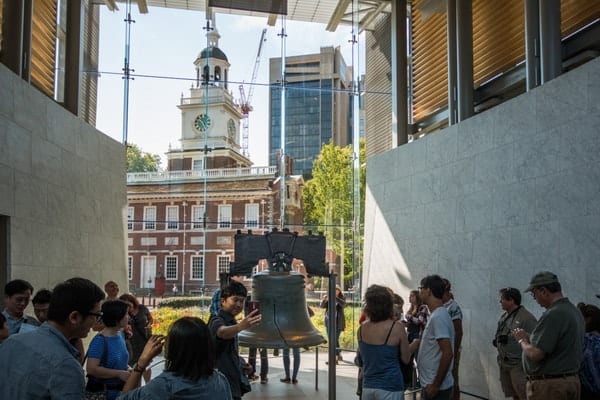
From 1754-1810, Philly’s Christ Church was the tallest structure in North America.
Philadelphia was home to the country’s first hospital, zoo, library, and fire company.
The Liberty Bell was crafted as the bell for Pennsylvania’s State House. It wasn’t called the Liberty Bell until the 1800s.
The Frankford Avenue Bridge, also known as the Pennypack Bridge, is the nation’s oldest bridge, having been first constructed in 1697 as the King’s Highway Bridge.
The Cathedral Basilica of Saints Peter and Paul was built with clerestory windows that were very high. According to legend, construction workers threw rocks and placed the windows above the height of their throws to prevent vandalism.
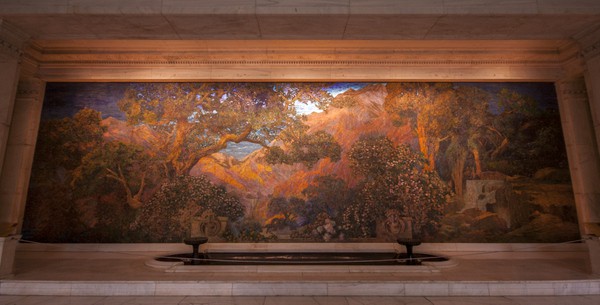
The Dream Garden is a mural made of more than 100,000 pieces of glass. It is the largest piece ever created by Tiffany Studios.
When the British occupied Philadelphia from October 1777 through June 1778, the second floor of Independence Hall was used to house American prisoners of war.
The Stoogeum in the Philadelphia suburbs is the world’s only museum dedicated to the Three Stooges.
The oldest-surviving photograph taken in the United States was taken of Philadelphia’s Central High School in 1839 by Joseph Saxton.
Seven signers of the Declaration of Independence are buried in the two cemeteries of Christ Church.
Cliveden, a stately home in the Germantown neighborhood of Philadelphia was the focal point for the Battle of Germantown during the Revolutionary War. It is said that a bloody painting uncovered behind the walls was drawn by a dying British soldier remembering a loved one.
Still want more facts? Check out our list of 53 facts about Pennsylvania and 41 fun facts about Pittsburgh. You can also explore the one place to visit in each of PA’s 67 counties, and our list of 101 things to do in Pennsylvania before you die. Or, stay in the city with our First-Timers Guide to Philly and our list of more than 70 free things to do in Philadelphia.
See map for other area attractions.
*May include affiliate links

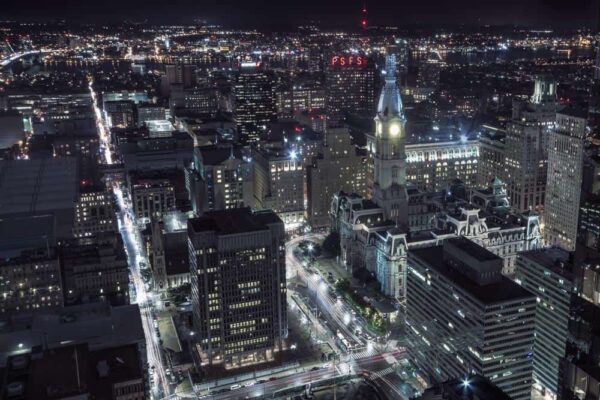
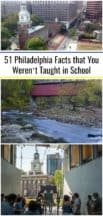



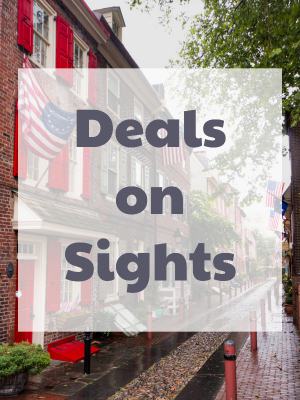
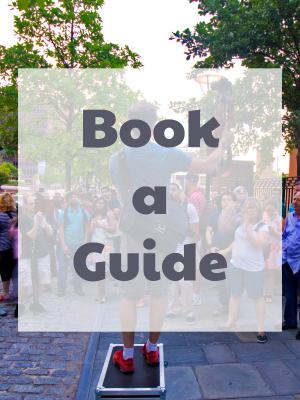
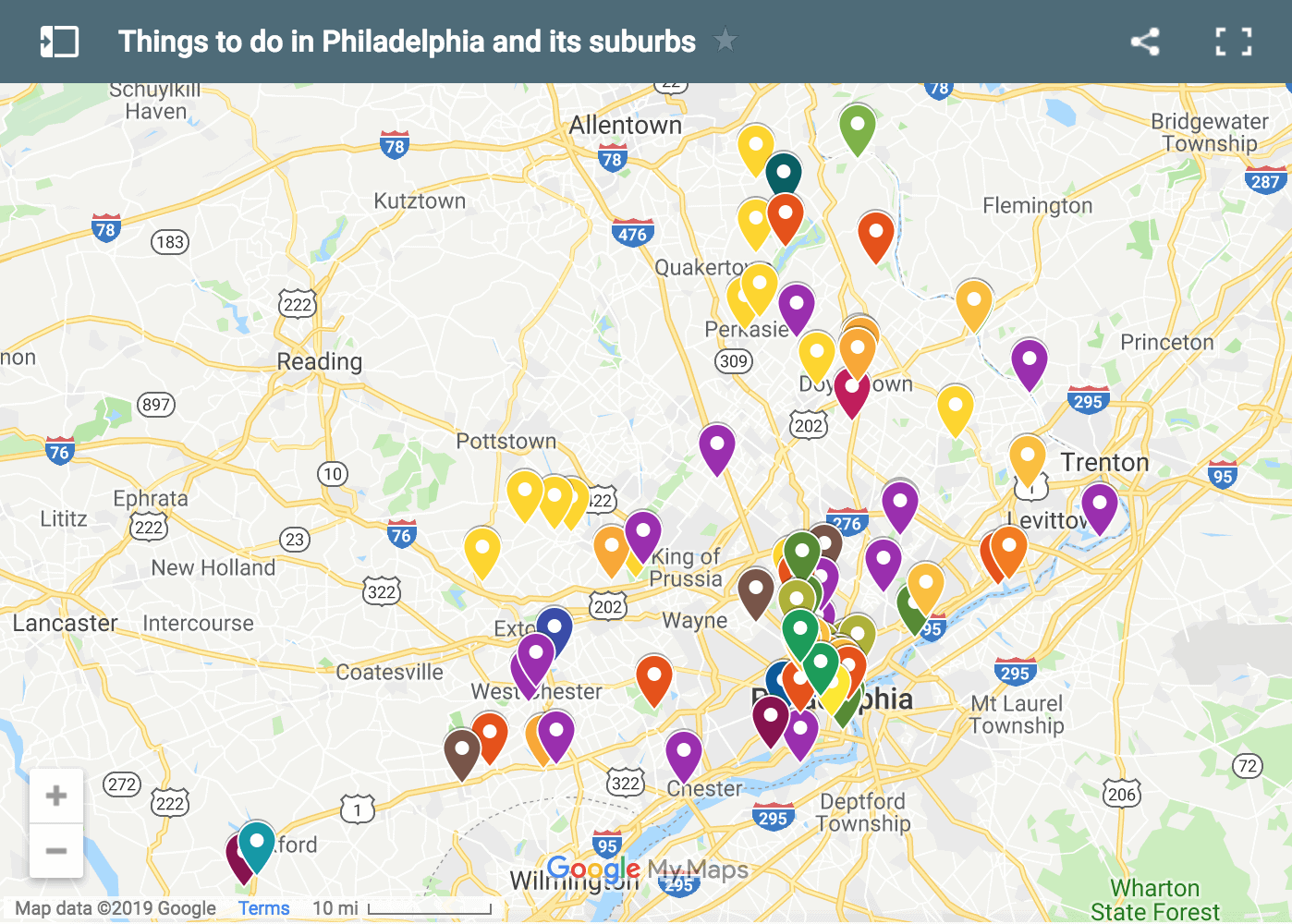 "
"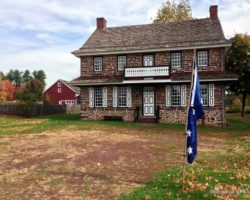
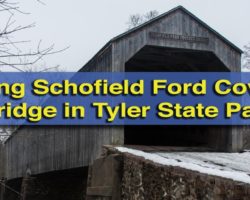
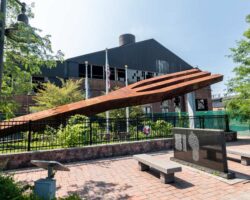
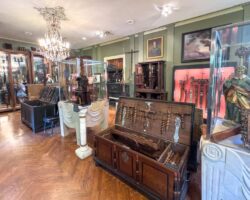

Gloria Dei is not within the historic borders of the city. It is in a part that was consolidatex with the city in 1854.
king of prussia is not the largest shopping mall in the united states ….
Actually, it is. It has more retail space than any other shopping mall in the US at 2.9 million square feet.
Dublin-born, George Bryan (b1721), who championed anti-slavery legislation in your parliament, leased to Arthur Guinness the site of Guinness’s first brewery, in Leixlip, Co Kildare Ireland, about 1756. From this sprung the world’s once largest brewery at St James’s Gate, Dublin, of the famous Guinness stout. The remains of the Leixlip brewery is now a hotel on Main Street, Leixlip.